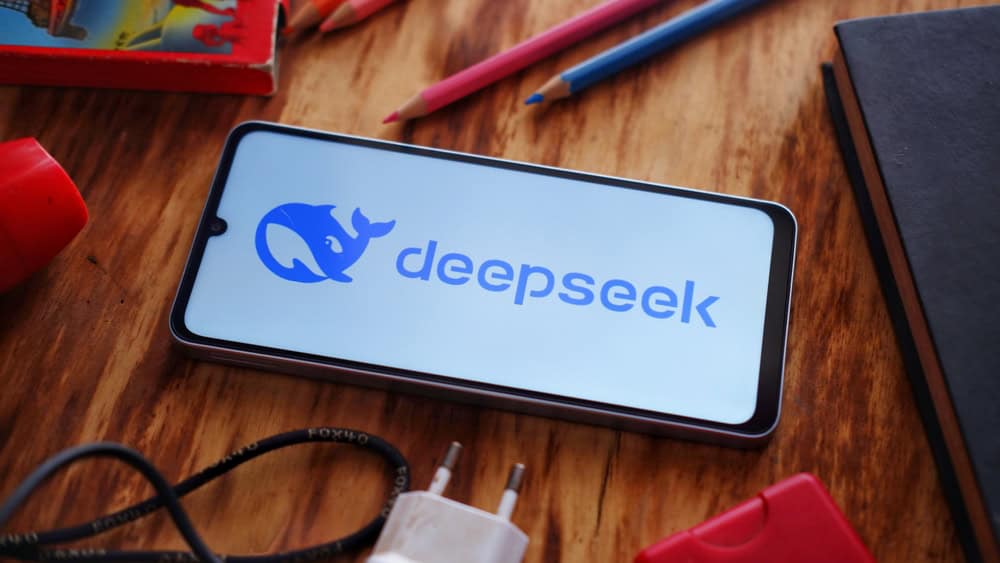
"DeepSeek-OCR promises much more than a simple model launch suggests, namely the possibility of significantly more efficient AI models than previously imagined. Expert reactions to the DeepSeek-OCR AI model have been positive. It may not be state-of-the-art and is explicitly intended as proof-of-concept. However, OpenAI co-founder Andrej Karpathy argues that DeepSeek-OCR may help rid the AI world of a misconception. "Perhaps (...) all inputs to LLMs should always be images." Why? Images may be significantly more efficient to process by LLMs than text."
"The modern AI advance is characterized by an obsession with compression. Any way to reduce the data footprint yields gains in time, energy, and money. At the same time, there is currently a buying frenzy; so-called AI factories cannot be built and filled with AI chips fast enough on an astronomical scale. The assumption behind both points is that, despite all attempts to reduce data, you ultimately have to build your AI infrastructure as large and ambitious as possible."
"DeepSeek-OCR suggests that one way to reduce data is being overlooked. Visual information, long a neglected portion of generative AI compared to textual use cases, seems to fit much more efficiently into the context window, or short-term memory, of an LLM. The result is that you can feed an AI model not tens of thousands of words, but perhaps dozens of pages, and that this model can then perform better. In short, pixels seem to be better compression tools for AI than text."
DeepSeek-OCR applies a visual-encoder approach for optical character recognition using a 380 million parameter encoder to convert images into compact representations. Pixel-based inputs fit context windows far more efficiently than long sequences of words, enabling models to consume dozens of pages rather than tens of thousands of words. This compression-focused strategy lowers data footprint, compute, and energy requirements, opening paths to smaller, more efficient AI deployments. Early implementations function as proof-of-concept and demonstrate promising performance gains from treating visual information as a more efficient input modality for language-model processing.
Read at Techzine Global
Unable to calculate read time
Collection
[
|
...
]